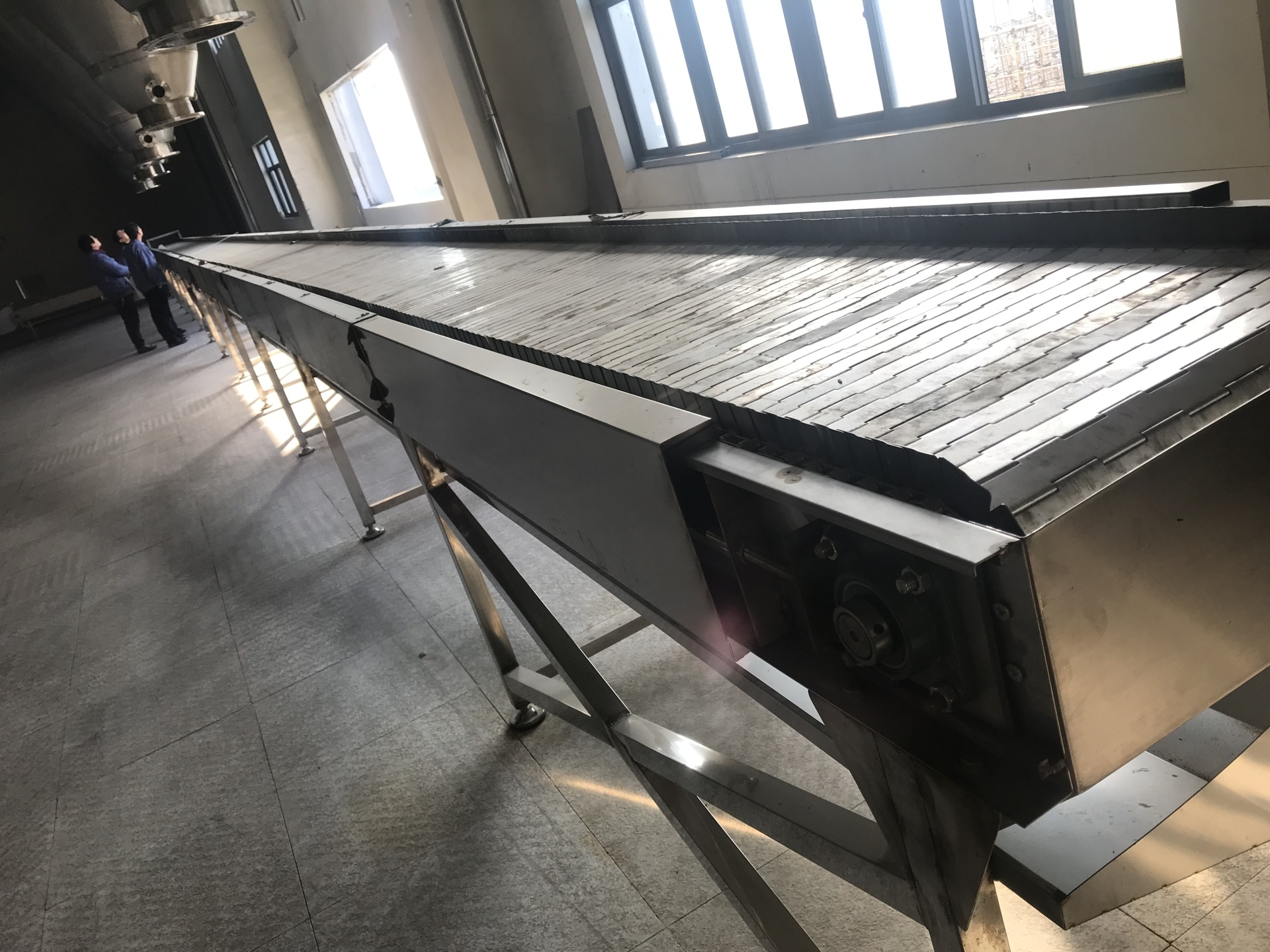Causes Affecting the Blockage of Pneumatic Conveying System
Release time:
2022/08/10
Impactpneumatic conveyingCauses of system blockage
In order to solve the problem of blockage of pneumatic conveying system, it is necessary to find the cause of the blockage.
Blockage caused by pneumatic conveying system and external factors:
The source pressure is low, the gas volume is insufficient, the ash-gas ratio is increased, and the conveying concentration is too high, resulting in increased pipeline resistance and easy blockage.

Pipeline blockage caused by oil and water in the gas source: the main reason for oil in the gas source is that the filter screen of the air compressor oil and gas separator leaks or is blocked, resulting in a large amount of oil in the gas source. if the gas source carries water, the desiccant A/B tower does not switch and the desiccant is not replaced on schedule, the water content in the air will increase, causing the gas source to carry oil and water, blocking and depositing ash.
After the main pipe conveying pressure drops to 0.03MPA, the three conveying air valves are closed one after another. At the end of this conveying cycle, the lower limit value is set too high, resulting in residual ash accumulation in the ash conveying pipe after each conveying, affecting the next ash conveying. Therefore, the setting of the lower limit value of the bin pump pressure is very important, generally set at 0.01MPA. If the lower limit value is set higher, the purging time must be extended for supplement, in order to avoid the residual ash accumulation in the pipeline affecting the next ash transportation.
Blockage due to valve failure:
Intake valve failure: The intake valve is the main intake valve for conveying gas source. Once the gas source is lost due to failure, the ash conveying pipe will be directly blocked.
Failure of the auxiliary blowing valve: the auxiliary blowing valve is used to assist the long-distance transportation of the auxiliary blowing agent to the ash storage yard. If the ash conveying pipe is blocked, the blocked position is behind the bin pump, and the main ash conveying pipe comes out, it is necessary to check the working condition of the auxiliary blowing valve and the stuck failure of the drain valve, which will cause low conveying pressure of the ash conveying main pipe and cause pipeline blockage.
Pressure reducing valve failure: The pressure reducing valve is used to adjust the air source pressure of the intake valve. Too high or too low intake pressure will affect the delivery effect. Generally, it is set at about 0.3MPA. The pressure reducing valve should be cleaned regularly to keep its internal clean and free of blockage. Otherwise, the pipeline will be blocked due to blockage of the pressure reducing valve.
What are the common conveying methods of pneumatic conveying production line?
The pneumatic conveying production line can be designed according to the conveying distance, climbing height, site conditions, production capacity, conveying mode (intermittent or continuous), etc., provided by the customer, and suitable equipment can be selected. The working principle of the pneumatic conveying production line is to use the kinetic energy of air to block granular materials, plugs or sand dunes, and air flows along the pipeline. The air conveying and bulk methods of the equipment can be divided into three types according to the given pressure: 3360 suction, pressure and hybrid.
The air of the blower is pressed into the conveying pipe, and the material is sent out by the feeder. The mixture of air and material is pressed into the discharge place along the conveying pipe. The material is discharged from the separator. The air enters the atmosphere after being purified by the dust collector. The characteristics of the feed type are the same. On the contrary, it can transport materials to multiple places at the same time, with long conveying distance, high productivity, and high requirements for sealing of equipment and pipelines.
After the ventilation pipe is opened, the entirepneumatic conveyingThe system presents a certain vacuum state. Under the action of pressure difference, the air flow makes the material enter the suction nozzle and transport it to the separator at the discharge point along the feed pipe. After the material is separated from the air, it is discharged from the bottom of the separator. The suction feed is simple and can absorb a variety of materials at the same time, but the conveying distance is shorter than the positive pressure and the productivity is low. This is a combination of the two. Compared with the mechanical continuous conveying device, the mixed pneumatic conveying materials are transported in a completely closed state, almost free from the influence of climate and environment, ensuring that the materials are not affected by moisture, dirt and impurities, and effectively improving the working conditions of on-site workers and the factory environment.
Next Page
Next Page



